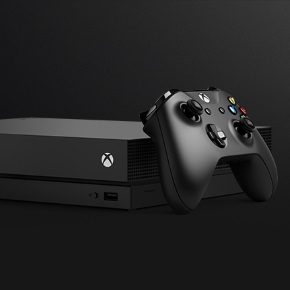
“Objects: Objects are the core of the experience. They can have a direct correlation with something physical, or they can just be objects in the interface.
Containers: Containers will be the “grouping” of the objects. This can manifest itself in whatever the system sees fit to better organize or instruct the user on interactions. They do not have to be, nor should they be, windows. They can be any sort of method of presentation or relationship gathering as seen fit.
Gestures: Gestures are actions performed by the user that initiate a function after its completion and recognition by the system. This is an indirect action on the system because it needs to be completed before the system will react to it.
Manipulations: Manipulations are the direct influences on an object or a container by the user. These are immediate and responsive. They are generally intuitive and mimic the physical world in some manner. The results are expected and should be non-destructive. These are easily performed and accidental activations should be expected and frequent.”

“The WIMP (Windows, Icons, Menus, Pointing Devices) interface is a slow dying breed as our demands on user experience and the demands of user’s keep inflating. It’s time to start thinking in a new direction. A direction that sheds many of the harnesses of the old acronym and begins to explain the building blocks of the future. It will be simple, concise, and cover all of the bases we need. There is no need to rely on pointing devices, menus, or windows anymore. It’s time to let the experience be the interface, and the user to be in total control. The interface will begin to blend in with the experience and the experience will be the interface.“
Windows 8 dovrebbe eliminare definitivamente la barra delle applicazioni, le icone e le finestre e i puntatori; cosa dovremo aspettarci? Sarebbe fantastico un OS in stile Microsoft Surface, ma allo stesso tempo sarebbe necessario anche che Windows 8 fosse semplice e funzionale, soprattutto per le aziende, che col PC lavorano. Per quanto riguarda le edizioni, non escludo che si rimanga sulla linea di Windows 7, ovvero con una versione per la casa, una per il lavoro e un’ altra per i malati di PC, ovvero l’ edizione Ultimate: per me potrebbero benissimo escludere le versioni Starter e Basic. Staremo a vedere!












